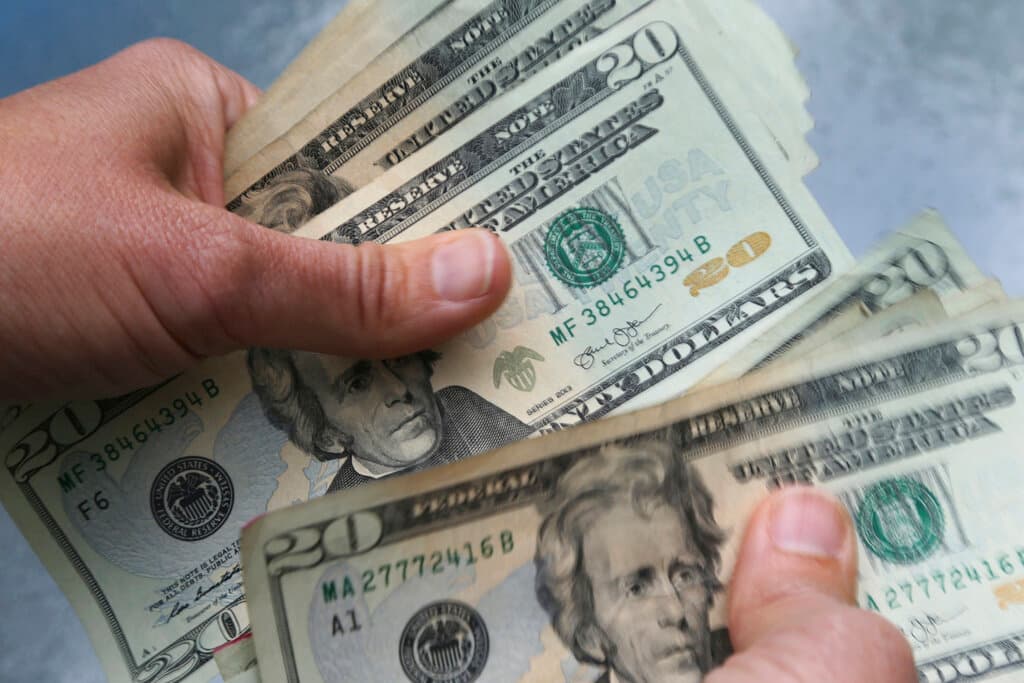Why Is the Fed Losing Money When It Does Such a Handsome Business With Irredeemable Paper Money Abroad?
At some point a leader will step forward prepared to call the central bank out on its losses.

The Federal Reserve issues the most successful irredeemable, pure fiat circulating paper currency in world history, in other words, dollar bills. These printed pieces of paper are formally titled “Federal Reserve Notes,” but they are not really notes, because a note is a promise to pay, and Federal Reserve Notes don’t promise to pay anything at all.
Please check your email.
A verification code has been sent to
Didn't get a code? Click to resend.
To continue reading, please select:
Enter your email to read for FREE
Get 1 FREE article
Join the Sun for a PENNY A DAY
$0.01/day for 60 days
Cancel anytime
100% ad free experience
Unlimited article and commenting access
Full annual dues ($120) billed after 60 days

